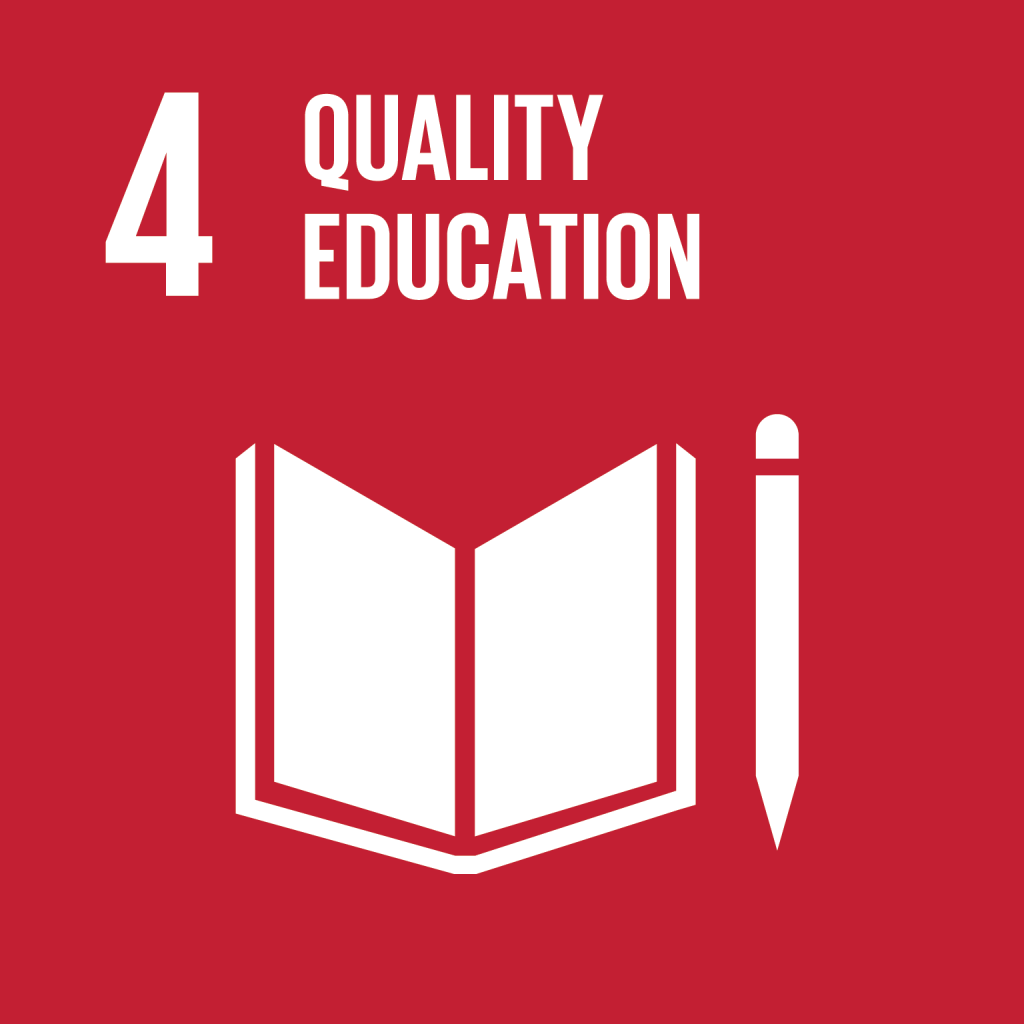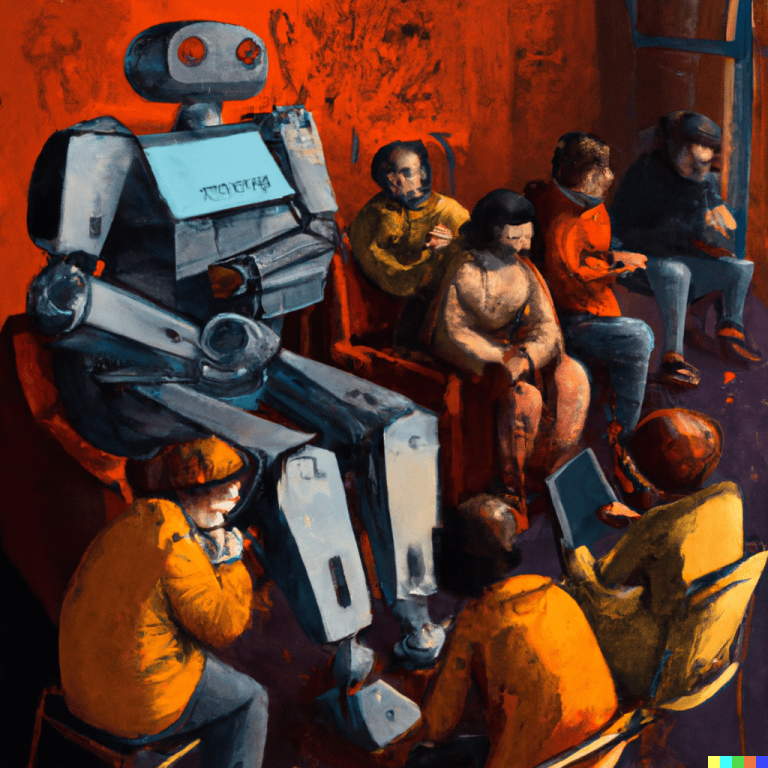Methodologies and activities for assessment and learning with generative artificial intelligence
22 June, 2023 Photo by Pixabay
Photo by PixabayThe emergence of generative artificial intelligence (AI) in the field of education has highlighted the need to rethink and review assessment systems, and to identify the wide range of possibilities and opportunities it offers. The artificial intelligence experts at the eLearning Innovation Center (eLinC) of the Universitat Oberta de Catalunya (UOC) have prepared a series of graphic resources to help understand how generative AI works and make decisions about including it in the classroom.
Quality and meaningful learning
The first of these infographics presents 10 methods and activities for learning and assessment with generative AI. The experts’ primary recommendation is to increase variability in the types of activities and deliverables. This encourages students to use AI in a more fragmented, responsible and conscious way.
The methods and activities proposed by eLinC are as follows:
- Infographics: even if students use AI to construct the answer, they must be able to understand concepts, synthesize content, create a common thread that links them, produce the appropriate graphic resources, etc.
- Quizzes: this type of assessment test is very useful for determining the student’s command of theoretical content. Quizzes on learning management systems offer randomization options. For example, tests can set with different questions, answers mixed up, and time limits set.
- Portfolios: portfolios enhance the student’s reflection on and critical vision of a work process. They can use this tool to explain why they made certain decisions, and how they approached and solved the problems that may have arisen in the process, or they can assess the result of the work.
- Co-assessment: co-assessment among peers is a dynamic that can be incorporated at various stages of the work process, including qualitative assessments and reflections that are included in the final deliverable.
- Oral tests: this type of test enriches the assessment process and enhances personalization. There are various types, including presentation videos and synchronous interviews.

10 methods and activities for learning and assessment with generative AI
- Synchronous tests: synchronous tests improve student assessment and can be adapted to both the pace of the course and the number of students. They are useful in collaborative and practical activities, such as simulations and role-play.
- Feedback: establishing contact between teacher and student during the work process enhances the personalization and the educational side of continuous assessment. Some LMS such as Canvas provide this feedback through their correction and marking tools.
- Working collaboratively: collaborative work is very useful for presenting work processes in a transparent way and sparking reflections, opinions and debates on how to approach the activity or how to solve problems.
- Defined and contextualized test questions: generic requests should be avoided as far as possible, and questions contextualized within a specific area or situation should be asked.
- Integrating AI tools in activities: incorporating AI such as ChatGPT in activities is very interesting, as is asking the students to evaluate the tool’s contribution, to identify the weak points and to complement the answer provided by the tool.
All these activities and methods can be applied individually or together in the students’ learning process. The ultimate goal is for students to know how to use generative AI tools critically and appropriately.
You can find more resources on the #UOC2TheFuture website.
This report supports United Nations Sustainable Development Goal (SDG) 4, Quality Education.







